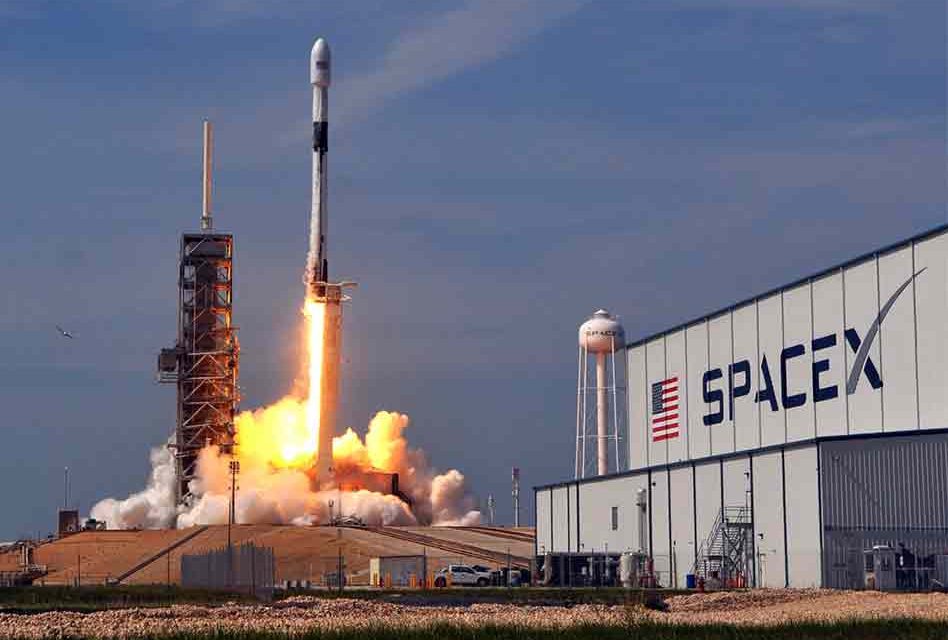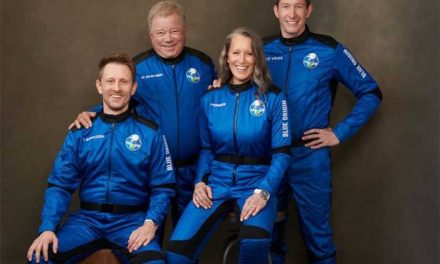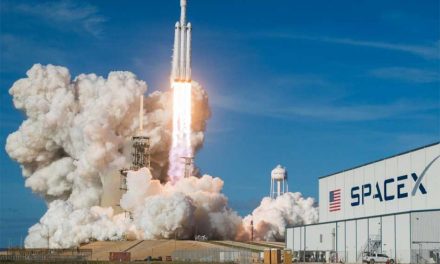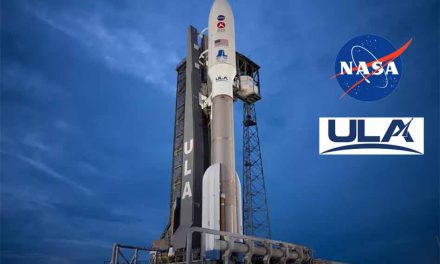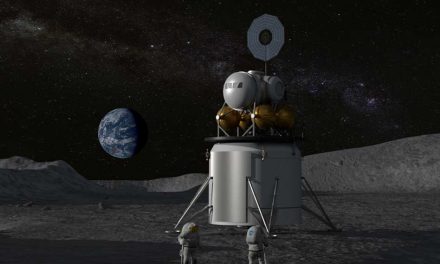It’s a very important weekend on the Space Coast, as the term “astronaut” becomes a thing again after almost nine years.
Elon Musk’s private space company SpaceX will be the first to launch humans to orbit and return the storied history of human spaceflight to Florida’s Coast on Wednesday since 2011. Ironically (maybe), Doug Hurley, who is set to go up with fellow veteran Bob Behnken on the Crew Dragon spacecraft on its first crewed test flight to the International Space Station Wednesday, piloted the last Space Shuttle mission, STS-135 aboard the Atlantis in July 2011.
The Crew Dragon will lift off, weather permitting, on a Falcon 9 rocket from NASA’s Kennedy Space Center in Florida, at 4:33 p.m. Conditions are improving; there is a 60 percent chance of favorable conditions for launch. That’s up from 40 percent from what the 45th Weather Squadron mentioned Monday night. The primary concerns Wednesday are thick cloud cover and rain. SpaceX will look at the launch and recovery conditions 6 hours and 4 hours ahead of launch and then again at 45 minutes.
Saturday and Sunday are backup days for launch, when weather officials say conditions will actually be better.
It’s a 19-hour mission to the ISS, the first manned launch from U.S. soil since the shuttle program. This test mission to help prove the systems meet NASA’s requirements for certification to carry astronauts to the ISS and back.
Hurley, who was the pilot on the final shuttle mission, said the evolution of control systems in spacecraft mirrors the way control systems have changed in aircraft. “The shuttle had a fair amount of manual capability because the automation was not nearly as reliable at the time the system was designed,” Hurley said earlier this month. “In modern airliners, pilots are system managers and do very little hand flying, and it’s very much the same with Dragon.
When Hurley and his crew flew on the last shuttle mission in 2011, they carried a flag to the space station. He left it there with instructions that no one should bring it back to Earth until the next time a crewed rocket launched from Florida. When Behnken and Hurley arrive at the station, they will “capture the flag” and bring it back home. But it might take them as long as three and a half months; NASA won’t decide how long the astronauts will stay on the station until they arrive.

